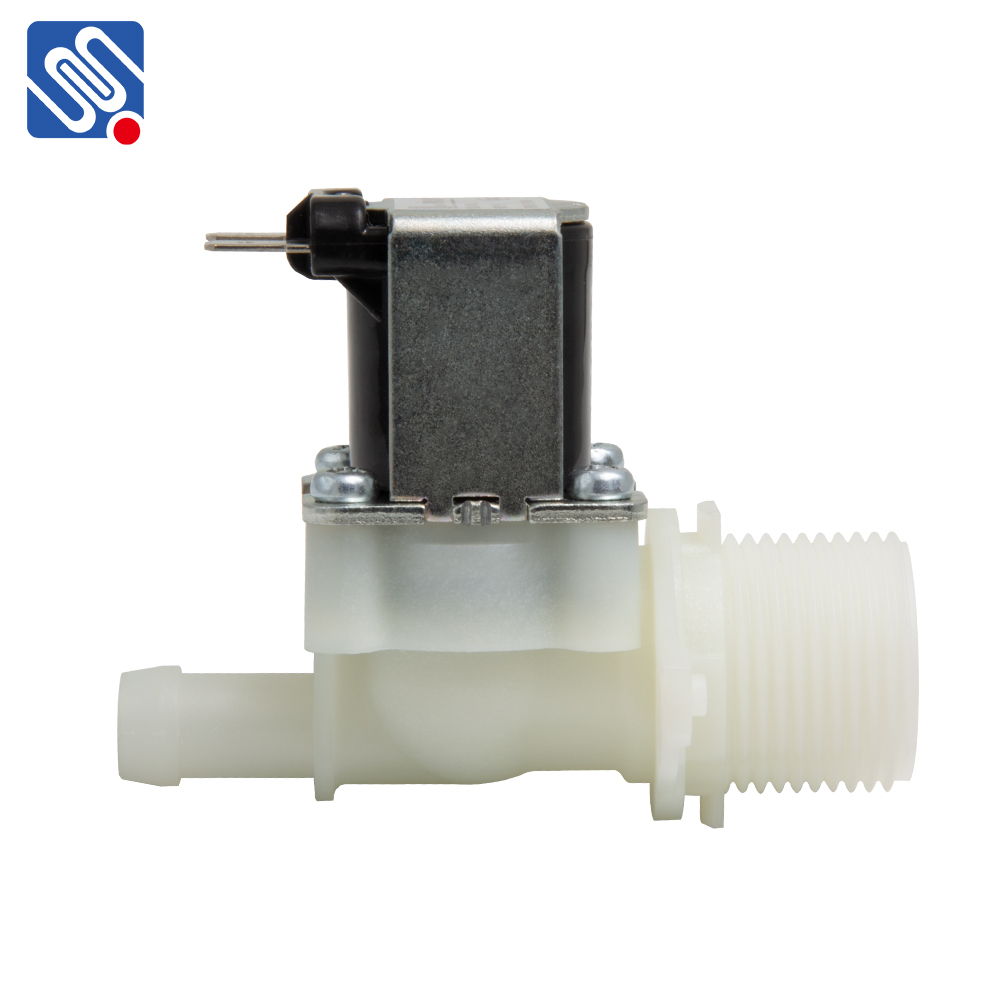understanding the water solenoid valve: essential component in automation systems
Release time:2025-10-24 12:14:18
The Water Solenoid Valve is an integral part of modern automation systems, commonly used to control the flow of water in a variety of applications. From home appliances to industrial water treatment systems, these valves play a crucial role in providing efficient, automated control over water supply and distribution. In this article, we will explore the fundamentals of water solenoid valves, how they work, their applications, and the advantages they bring to various sectors.

What is a Water Solenoid Valve?
A water solenoid valve is an electromechanical device that uses an electric current to control the opening and closing of a valve that regulates water flow. The word "solenoid" refers to the coil of wire that generates a magnetic field when energized, which in turn moves the valve’s internal mechanism. These valves can operate as either normally open (NO) or normally closed (NC), depending on their design and the requirements of the system they are used in.
How Does It Work?
The basic principle behind the water solenoid valve is quite simple. It uses an electric current to activate a solenoid coil, which creates a magnetic field. This magnetic field pulls or pushes a plunger or armature that is part of the valve assembly. When the solenoid is energized, the valve opens, allowing water to flow through. Conversely, when the power is turned off, the solenoid loses its magnetic field, and the valve returns to its default position, either closing the flow or allowing it to remain open, depending on the valve's design.

